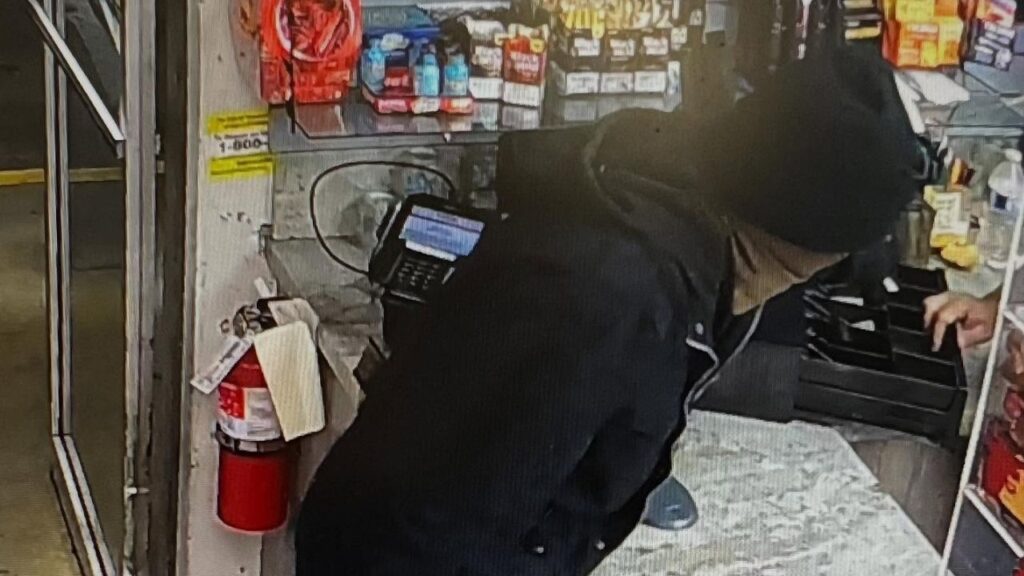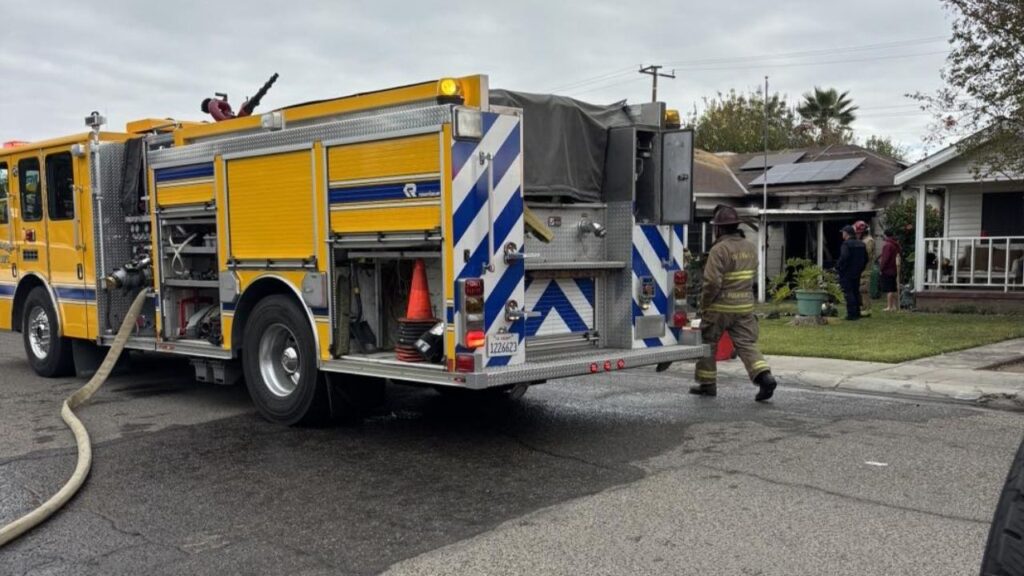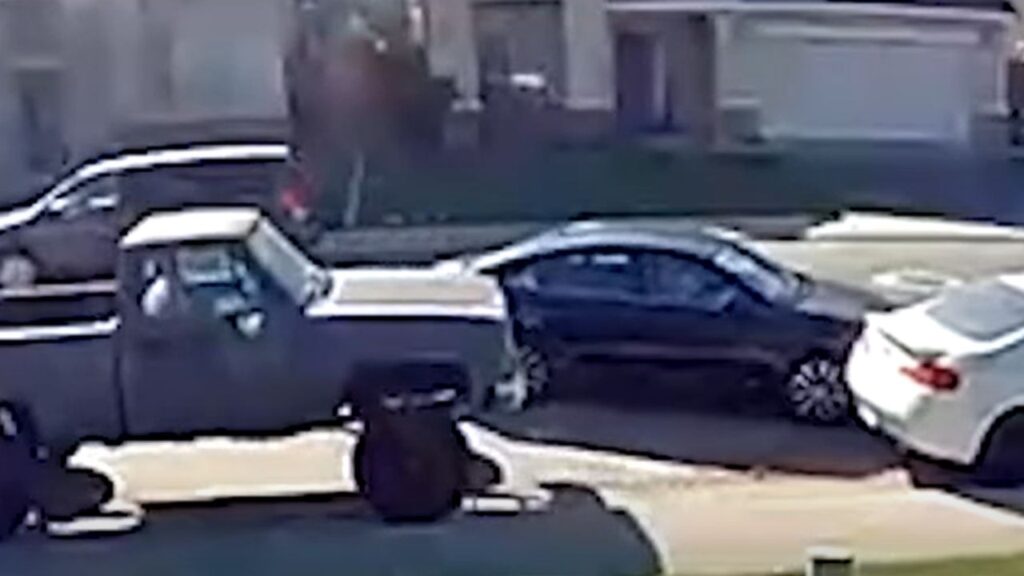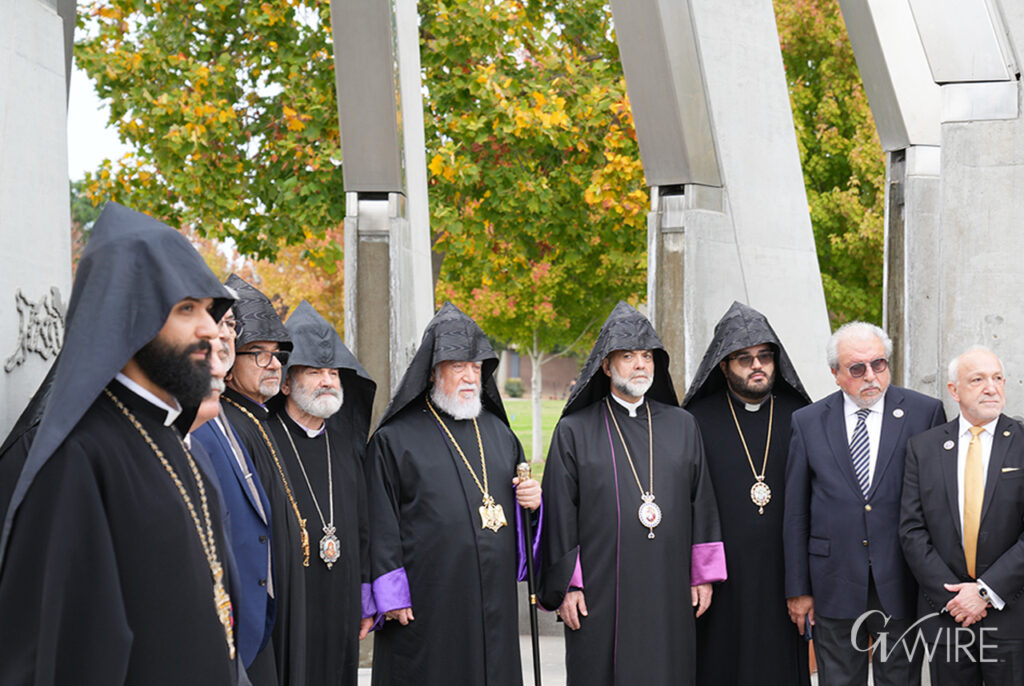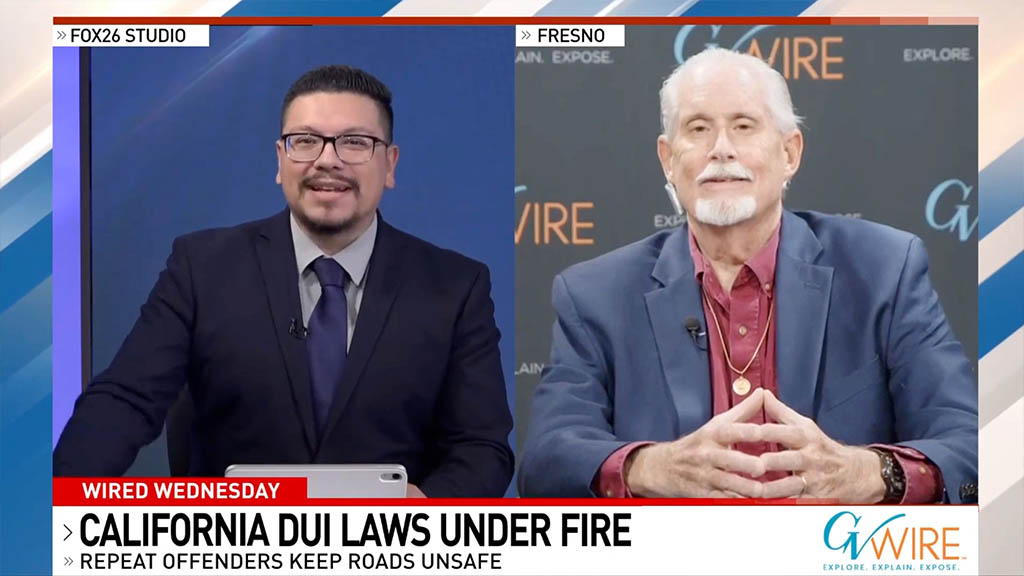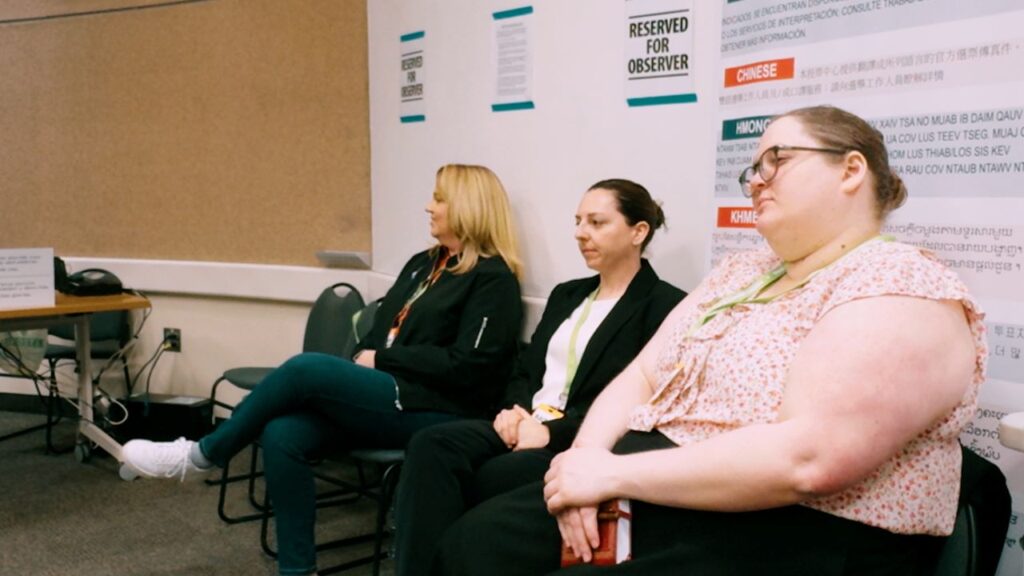California's track record on major projects raises doubts about its ability to achieve ambitious climate goals like phasing out fossil fuels. (CalMatters/Camille Cohen)

- California struggles to meet its zero-emission vehicle sales targets as consumer adoption plateaus.
- The state faces challenges maintaining power grid stability while phasing out gas plants and nuclear power.
- Recent refinery closure announcements threaten fuel supplies and could drive gas prices even higher.
Share
This commentary was originally published by CalMatters. Sign up for their newsletters.
It’s become painfully obvious in recent years that California officialdom lacks the ability to plan and deliver major projects.
While examples abound, the state’s woebegone bullet train project, its tortuous efforts to implement information technology and the financial and managerial meltdown of its unemployment insurance program are among the most egregious.
Given that sorry record, why should we believe the state’s plans to completely overhaul California’s economy by eliminating hydrocarbon-based energy will be any more successful?
Related Story: First California EV Mandates Hit Automakers This Year. Most Are Not Even Close
Ambitious Goals, Lagging Progress
Over the next 20 years, California wants to replace nearly 30 million gasoline and diesel-powered cars and light trucks with those using batteries or hydrogen. Simultaneously California is supposed to wean itself from natural-gas-fired electric power generation and increase power output, to recharge many millions of car batteries and service houses and commercial buildings that will no longer use gas.
The mileposts on the road to a carbon-free California are beginning to appear, and the state is already falling behind.
One of the biggest elements of the transition is Gov. Gavin Newsom’s decree that by 2035 all cars sold in California must be zero-emission vehicles, or ZEVs for short, with an interim goal of 35% this year.
While there had been a surge in ZEV purchases in earlier years, they have leveled off at about 25%, well short of the 2025 expectation, and show no signs of increasing. The cost of battery-powered vehicles in an inflation-conscious era, fears of mileage limitations, and shortages of functioning recharging stations are among the reasons for the sales plateau.
ZEV Mandates Face Headwinds
California can’t force consumers to buy ZEVs. Its decrees are aimed at manufacturers, including fines for failing to meet sales quotas. Brian Mass, president of the California New Car Dealers Association, said in a statement, “It’s time to admit that the state has hit a wall amid a lack of confidence in ZEV adoption, as well as a statewide shortage of EV charging stations.”
Dealers and their allies released a poll indicating that most Californians are unhappy with the 2035 cutoff of petroleum-powered car sales.
Other aspects of California’s carbon-free conversion are also lagging. Blackout fears compelled Newsom and other state officials to delay the phaseout of gas-fired power plants in Southern California and to insist that the Diablo Canyon nuclear power plant near San Luis Obispo remain in service indefinitely, setting aside plans for decommissioning.
Implicitly the state’s efforts to eliminate petrofuels would require the eventual closure of California’s refineries, but it must also maintain supplies of gasoline and diesel fuel until the makeover is complete, which is a tricky balancing act.
Two refineries are already being closed, raising the spectre of fuel shortages that would drive California’s gas prices, already among the nation’s highest, upward.
Valero is the latest to announce a shutdown, declaring its “current intent to idle, restructure, or cease refining operations” at its Benicia refinery by the end of April 2026. The announcement followed last year’s decision by Phillips 66 to close its Southern California refinery, two days after Newsom signed a bill requiring refiners to maintain minimum gasoline supplies.
California is a petroleum fuel island, lacking pipelines that could bring in supplies from other states. In fact, motorists in Nevada and Arizona depend on California for their fuel. If refineries continue to close, California could be forced to bring in fuel from other nations via tanker or acquire the in-state refineries by purchase or seizure and operate them itself during the transition.
Asked about Valero’s announcement, Newsom replied that the state would address “any anxiety that may be created or any market disruption that may be created by that announcement.”
That’s not reassuring, given the state’s paper-thin record of successfully managing big projects and big emergencies.
Make Your Voice Heard
GV Wire encourages vigorous debate from people and organizations on local, state, and national issues. Submit your op-ed to bmcewen@gvwire.com for consideration.
This article was originally published on CalMatters and was republished under the Creative Commons Attribution-NonCommercial-NoDerivatives license.
RELATED TOPICS:
Categories

Kazakhstan to Join Abraham Accords, Trump Says
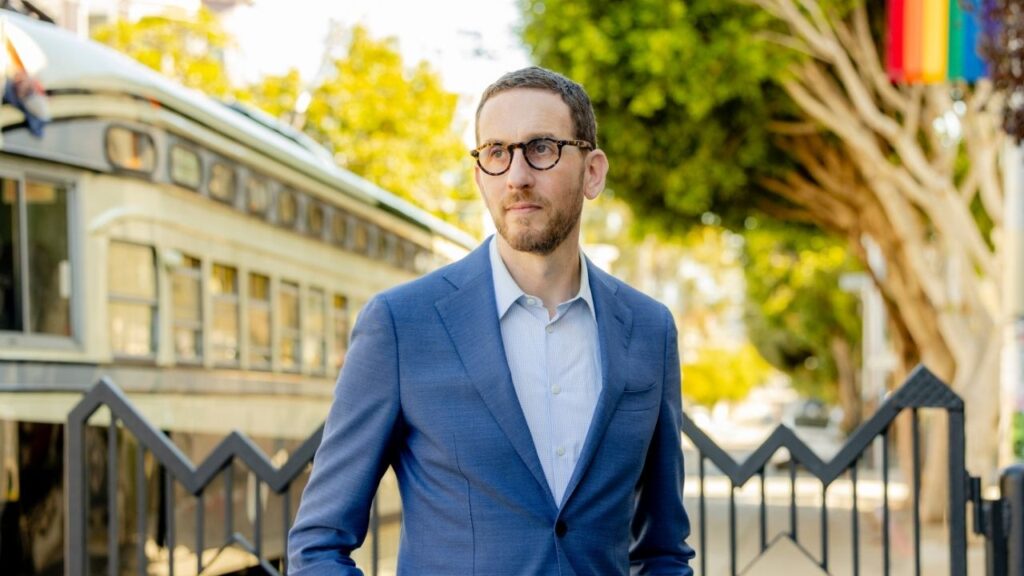
Who Will Replace Pelosi in Congress?










